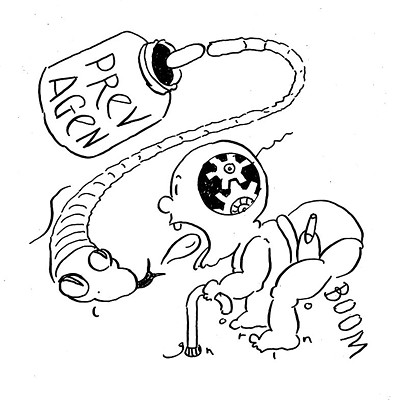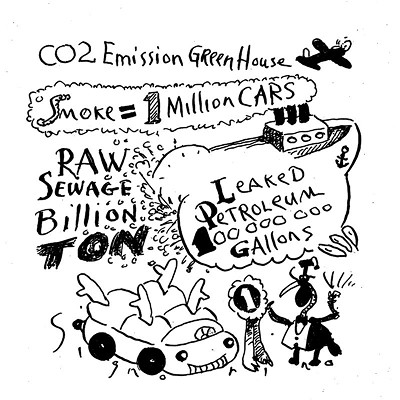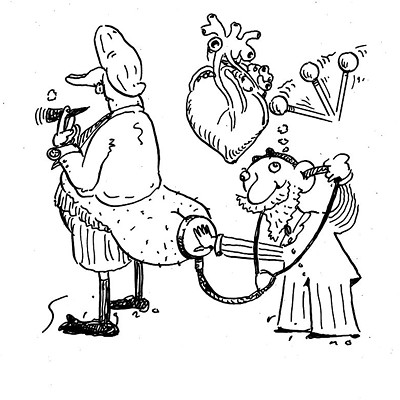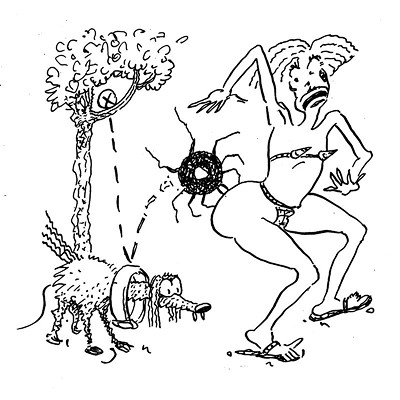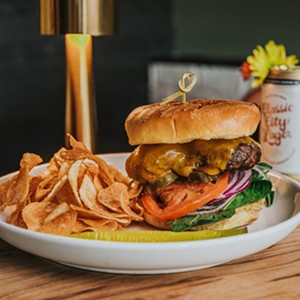Why do so many Americans only eat muscles of animals and not organs? —Dan
IT’S TRUE: since the dawn of the republic, Americans have been scarfing down animal flesh in quantities that have left Europeans envious and maybe a little grossed out, yet we’ve been strangely squeamish about dining on animal organs.
Sure, regional cuisines do incorporate the likes of chitterlings (better known as chitlins) or mountain oysters (testicles, to non-ranchers), and even the least adventurous among us can handle turkey giblets in their Thanksgiving gravy. But for all the recent talk of nose-to-tail dining among the foodie set, when it’s time to make dinner, organ meat remains as hard a sell in the U.S. as the metric system.
Margaret Mead herself confronted Dan’s question over 70 years ago, at a time when the nation’s sustenance might have depended on getting the correct answer.
The U.S. was preparing for war with the Axis powers, meaning a whole bunch of hungry kids in uniform would have dibs on the steaks and chops—already in limited circulation from many Americans’ perspective, what with the Great Depression still peskily impoverishing millions.
Heading into a potentially decade-long conflict, the government concluded that substitute protein was needed pronto to nourish those on the home front. Mead, our preeminent cultural anthropologist, was asked to chair the newly-formed Committee on Food Habits.
As detailed in a 2002 paper by Brian Wansink, now an eating-behavior expert at Cornell, Mead’s committee of top-shelf social scientists was convinced you couldn’t change longstanding dietary norms by just barking “Eat more calf’s liver or the Nazis have already won!” Instead, argued psychologist Kurt Lewin, you had to figure out why the eating public was so offal-avoidant to begin with.
Ensuing research showed that, for one, lots of people simply thought of organ meat as scraps and had no idea how to cook it—the average American didn’t eat offal, in other words, because the average American had never eaten offal. Familiarizing homemakers with offal’s nutritional value and disseminating recipes through the press, the committee believed, would quickly remedy these matters.
The socioeconomic stigma attached to offal was a whole other problem. Many Americans, it appeared, thought organ meats were what poor country folks ate, and with good reason—organ meats were what poor country folks ate. Said stigma likely had a racial component too. Chitlins, for example, made from pork intestines, first became a staple of African-American diets in colonial times, when prosperous whites dined on the choice hog meat and left their slaves to make do with the guts.
Mead’s team had to finesse all this. Rather than pushing to upgrade unfamiliar meats to everyday status, they encouraged homemakers to incorporate them into meal planning as a source of variety; offal was accordingly rebranded as “variety meats,” a durable euphemism still employed by the U.S. meat industry.
When the war ended sooner than expected, though, victory extinguished the dream of an offal-rich American diet. In a wealthy nation with plenty of room to raise edible critters, if the inhabitants don’t want to eat the livers, no one’s gonna make them. With state and federal agencies ponying up billions each year in subsidies, meat stays cheap.
Since today’s offal partisans can no longer rally around the flag, many focus on nutritional value. Paleo-diet supporters stress offal’s high protein content, but it’s an uphill battle.
It also doesn’t help that organs resemble, well, body parts: any steak slapped on a plate looks like dinner, while a lovingly presented calf heart may suggest an autopsy. And exposure to offal on a travelogue show called (e.g.) Bizarre Foods may not expand viewers’ horizons so much as reinforce their sense of organ meat as a culinary eccentricity.
On the other hand, Americans are just fine with sausages, those seasoned grab bags of animal miscellany, and particularly fond of hot dogs—which can, if labeled per USDA regulations, contain as much as 85 percent organ meat.
So maybe the trick of getting us to eat offal has already been managed: grind those guts into a paste, squeeze it into an edible tube, and serve it on a bun.

